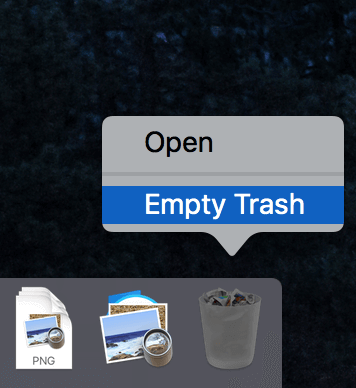

Each time you create, edit and save your file, Spotlight is indexing its contents and metadata. Think of it this way: Spotlight keeps track of (it "indexes") every single word within the body of your documents as well as the file names and metadata. The reason that Spotlight works so efficiently – and so fast – is that it creates a special database called the Spotlight Index. When you consider the sheer number of files found on a typical Mac, it's. Not only can Spotlight find what you're looking for based on searching file names, but also based on the contents of documents and any metadata (information about the data) associated with the files.Įxamples of metadata include date created, file size, tags, Finder comments, camera EXIF data, author and copyright information, and tons more. Why don't we all get on the same page and understand that Spotlight is designed to let us find all kinds of files, pictures, music, apps, folders, and more on our Macs, and find all these at lightning speeds.
DELETE INDIVIDUAL ITEMS OUT OF TRASH MAC OS X MOUNTAIN LION 2017 HOW TO
Let's gain a better understanding of Spotlight and learn how to apply a fix if it ever misbehaves.įirst things first. Finally, on rare occasions, Spotlight may run into trouble and simply stop producing results. There may also be files and folders that you do not want Spotlight to search.

Time Machine backups are ignored, as are certain System files. Spotlight also ignores files in the trash, the ones inside zipped archives and disk image (.dmg) files. For example, it will only find the ones you have permission to view and access. You might discover that there are some files and folders that Spotlight can't – or won't – find at all. In spite of Spotlight's nimble and highly reliable nature, there can be a number of reasons for causing a raise of one or more eyebrows. Our favorite search tool has improved markedly over the past eight years, and it seems to improve with every iteration of OS X. Spotlight – Apple's system-wide search engine – was introduced way back in 2005 when OS X 10.4 Tiger was unleashed.


 0 kommentar(er)
0 kommentar(er)
